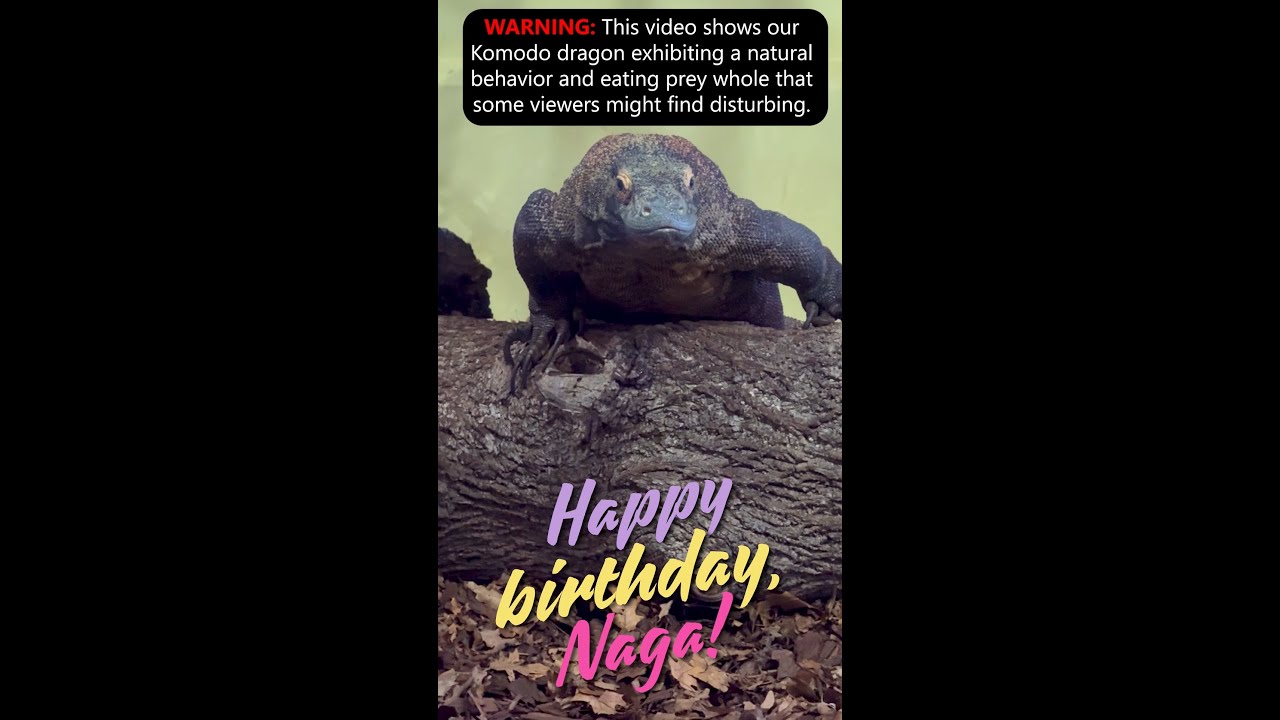- Overview of the Komodo Dragon species and its significance in zoology and conservation.
- The significance and preparation of enrichment activities in zoos, using a Komodo dragon’s birthday cake celebration as an example.
- Exploration of the dietary needs and feeding habits of Komodo dragons in captivity.
- The role of zoo management in wildlife conservation and public education, exemplified by unique animal interactions.
- Bridging human-animal connections to raise awareness for species conservation and habitat preservation.
The Komodo dragon, Varanus komodoensis, holds a special place within zoology as the largest living species of lizard, native to a few Indonesian islands, including its namesake, Komodo Island. This apex predator plays a crucial ecological role, maintaining the balance of its natural habitat by controlling prey populations. With their keen sense of smell, powerful limbs, and venomous bite, Komodo dragons exemplify the complex interplay between predator and environment. The conservation of Komodo dragons has garnered international attention, as these creatures face challenges from habitat loss, climate change, and human activities. Efforts to conserve them extend beyond their natural habitats, including breeding and education initiatives within zoos worldwide.
The celebration of a Komodo dragon enjoying her birthday cake is more than just a charming spectacle; it is an enrichment activity that highlights the complex needs and behaviors of captive animals. Zoos implement various enrichment strategies to stimulate the physical and mental well-being of their animals. The crafted birthday cake not only serves as a treat but also encourages natural behaviors, such as foraging and exploration. The design and implementation of such enrichment activities require a thorough understanding of the species-specific needs, ensuring the animals remain engaged and healthy. These initiatives are part of broader zoo management practices aimed at improving animal welfare and replicating the challenges faced in the wild.
Understanding the dietary needs and feeding habits of Komodo dragons is essential for their health, both in the wild and in captivity. In their natural habitat, these carnivorous reptiles are opportunistic feeders, preying on a variety of animals, such as deer, pigs, and even water buffalo. Their diet in captivity reflects their dietary breadth, often consisting of a mix of raw meat, bone, and occasionally, enrichment foods like the birthday cake. These feeding practices are carefully monitored to mirror their natural consumption patterns while preventing health issues, such as obesity or malnutrition.
Zoo management plays a pivotal role in wildlife conservation, not only by ensuring the welfare of the animals in their care but also by serving as vital centers for conservation education. Facilities highlight the importance of preserving species like the Komodo dragon, drawing connections between captive breeding programs and wild population recovery. Educational programs and interactive exhibits encourage zoo visitors to learn about the threats these creatures face and the efforts required to protect them. This form of engagement fosters a deeper understanding of global conservation challenges and empowers individuals to partake in conservation efforts.
The celebration of a Komodo dragon’s birthday cake captures the imagination and interest of the public, serving as a bridge between human and animal interactions. Events like these raise awareness and play a crucial role in highlighting the significance of cultivation and care. By fostering these connections, zoos effectively contribute to the conservation narrative, emphasizing the interconnectedness of all life on Earth. The shared experiences between humans and animals encourage a commitment to preserving biodiversity and habitats worldwide, ensuring that grand creatures like the Komodo dragon continue to thrive for generations to come.
*****
Source Description
Happy 12th hatch day to Komodo dragon Naga! 🎉 Komodo dragons can eat up to 80% of their body weight in a single meal. As the largest living lizard in the world, they can swallow animals as big as a goat whole thanks to their flexible jaws and powerful throat muscles.
(Raise your hand if you, too, would love a rabbit stuffed inside a meat cake for your birthday… 😳)
#KomodoDragon #Syracusezoo #Syracuse #CNY #OnondagaCounty #OnondagaCountyParks


